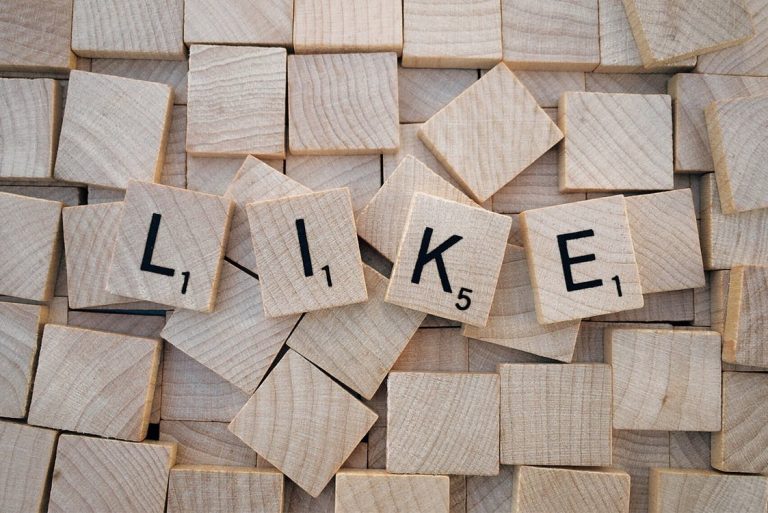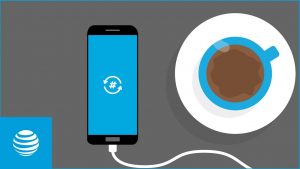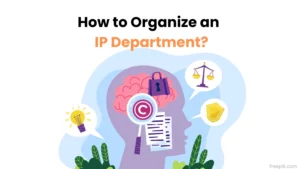Facebook innovation is a story of how a group of college students at Harvard University embarked on a journey. A journey that forever changed the landscape of social interaction and digital communication.
For the uninitiated: Facebook is an online social media company, now known as Meta Platforms, reflecting its broader vision for the future. The technology company offers services related to online social networking and owns platforms like Whatsapp, Instagram, and Facebook.
The company is driven by its mission to “give people the power to build community and bring the world closer together.”
But this story isn’t about how Facebook came into being or how Mark Zuckerberg led it to become an integral part of daily life for billions of people.
We’re being specific: How exactly the Like button came into being?
What was the idea behind the Facebook Like button?
Almost every one of us is guilty of hitting that Like button mindlessly on anything we find even remotely amusing.
But have you ever thought how this feature, which is a part of our daily lives now, got added to Facebook?
Back in 2007, when Facebook became open to the public, and had 30 million users, the only way for people to engage with content was to post a comment on it.
Leah Pearlman, one of Facebook’s product managers at the time, found that inefficient. She also realized that all popular posts had the comment repeatedly – Awesome or Congrats in the long string of comments.
Along with a few other Facebookers, she set out to build a universal, seamless way to express approval on the social network. They code-named the project “Props.”
Pearlman wasn’t the only one at Facebook thinking along those lines. Designer Justin Rosenstein told The Ringer in 2017 that he had been looking for “a way to increase positivity in the system.”
And, how to help Facebook create “a world in which people uplift each other rather than tear each other down.”
After all, Innovation success comes from teams’ creativity, collaboration, and innovation.
The Awesome button
Pearlman added the “awesome button,” as the group initially called it, to Facebook’s internal ideas board. Unsurprisingly, it got enough votes from their coworkers to spur a “hackathon”— which had earlier resulted in amazing Facebook features. Like tagging in comments, Videos, Chat, Hip Hop for PHP, and Timeline.
On July 17, 2007, a team consisting of Bosworth, Rebekah Cox, Ola Okelola, Rosenstein, and Tom Whitnah coded the first awesome button. It was well-received and got the green light for development.
In November 2007, the team presented the awesome button to CEO Mark Zuckerberg for final approval. But surprisingly he rejected it, owing to concerns over privacy defaults. He also dissented from the name, preferring “like” to “awesome.”
However, data saved the like button. In a test, Facebook data analysts found that popular posts with the button actually prompted more interactions than those without. That finding turned out to be decisive.
By February 2009, Zuckerberg had approved a final version of the like button, drawn as a thumbs-up in Photoshop.
Related Read: Business Innovation Complete Guide
Results?
The like button was an instant hit, and Facebook soon found ways to ingratiate it into the fabric of not just its platform, but the internet beyond.
By 2010, you could like people’s comments as well as their posts. And, it quickly became a ubiquitous symbol of approval and engagement across the internet.
With a simple click, users can signal their approval or support without needing to leave a comment.
The introduction of the Like button revolutionized the way users interacted with content on Facebook. It provided a quick and easy way for people to engage with posts, fostering a sense of connection and validation within the community.
The like button also became the default way to follow publishers and brands on Facebook—and when you did, Facebook would use your like to advertise those same pages to your friends. Essentially, it helped gauge engagement which along with its other ad products contributed to Facebook’s revenue stream.
What was set to be named awesome was indeed an awesome addition to Facebook’s set of amazing features like Video, Chat, and Timeline.
Did you know these features came out of Facebook’s hackathons too?



